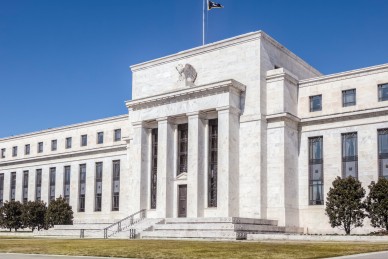U.S. Payment System Improvement
On September 10th the U.S. Federal Reserve Banks released a Public Consultation Paper that identifies and analyzes key gaps and opportunities in the current payment environment. While much of the paper focuses on technology and non-cash based payment systems, there is a notable comment on the future of cash in the U.S. payments environment. Also of interest is the questionnaire attached to the paper, which the public is encouraged to respond to. In support of this effort we have replicated the questionnaire below in an effort to assist in the collection and dissemination of responses. For those so inclined to respond to such questionnaires, we encourage you to take a few minutes to answer some or all of the questions.
We will not reproduce the entire paper in this article, but we do offer the content relating to the future of cash. For those of you who wish to read the entire paper, you can find it at the fedpaymentsimprovement.org website.
The U.S. payment system is undergoing a remarkable period of change, driven by rapid adoption of technology and evolving end-user expectations.Going forward, opportunity exists to improve speed and efficiency of payments and to maintain payment system safety in the face of escalating threats. The Federal Reserve Banks believe that collaboration and engagement with the industry is the foundation of any enduring strategic improvements to the U.S. payment system and look forward to public input to this consultative paper.
Introduction
Payments in the United States and around the world are undergoing a remarkable period of change that may have been unimaginable twenty years ago.Payment preferences are evolving rapidly due to
demographic shifts and application of new technology, among other factors. The payment system is
becoming more complex, comprised of incumbents, such as banks and processors; new entrants, such as nonbank innovators; and end users -individuals, corporations, and governments -that have
increasingly benefited from innovations focused on their payment needs. In such an environment,
ongoing innovation is necessary to ensure safe, efficient, and accessible payments that support economic activity and help maintain the global competitiveness of the United States.
Industry adoption of new payment services and technology in this country has been driven mostly by market forces rather than government direction. Yet history shows that it is sometimes beneficial for a central coordinating body to take steps to facilitate cooperation to address network or coordination challenges that otherwise impede innovation, efficiency, and other public benefits. The Federal Reserve Banks believe that ubiquitous, open payment networks and/or broadly interoperable networks best serve the public interest because the more members of society who can be reached with a payment instrument, the more valuable the payment instrument is to each of the other members of society. The breadth and complexity of the U.S. landscape make it especially hard to coordinate payment innovations and achieve ubiquity.The Federal Reserve Banks see one of their roles as bringing the industry together to foster coordination and, where appropriate, to drive payment system improvement.Comments on the Future of Cash Payments
Although greater electronification of retail payments is a desired outcome, paper currency and coins
continue to be valued by consumers as a fast and efficientmedium of exchange. Cash is also an
important contingency payment method following natural disasters and other contingency events and an accessible payment method for anybody, whether or not they maintain a bank account.Unlike paper checks, use of currency has held steady in recent years and is expected to remain an important component of the U.S. payment system, even as innovations emerge that provide convenient substitutes.Survey
Important Note: In order to answer the questions you should read the full paper first…
Click HERE to take the Survey










